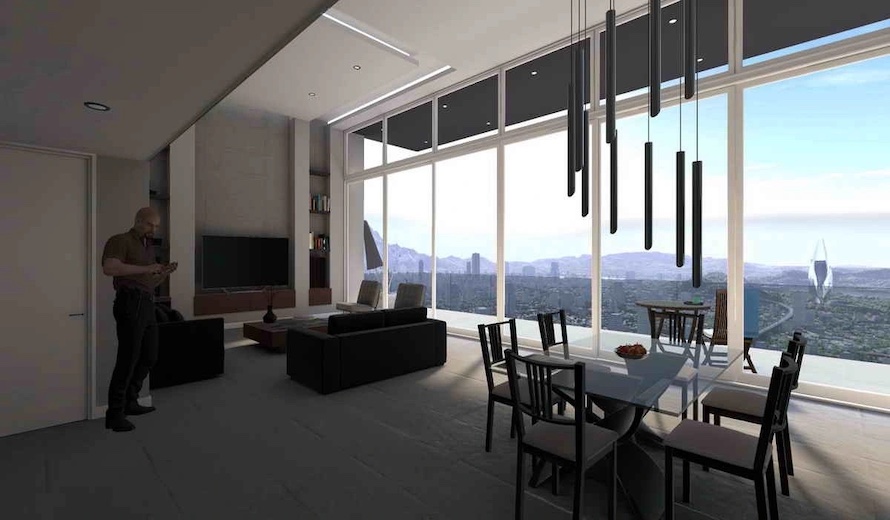The Signifier VR Review
The Signifier, a first-person adventure blending crime scene investigation with puzzle elements, first arrived back in 2020 to solid reviews. Its unique game play mechanics and creative ideas were considered refreshing and fun. But is it able to maintain that magic in the move to VR? While I enjoyed the set-up, I’m not always sure The Signifier VR delivered on the promise.
You play as Frederick Russell, a foremost expert in AI and especially a new and experimental technology called the Dreamwalker. It is a machine that allows you to explore people’s memories, both conscious and subconscious. Even after they’re dead. It’s a perfect tool for you to investigate the recent murder of a tech executive, Johanna Kast.
Much of the gameplay in The Signifier involves exploring and analyzing crime scenes, such as Johanna’s swanky apartment. After accessing the victim’s memories, you use the Dreamwalker in an attempt to piece together her last moments in a first-person POV. But the catch is, the memories are fragmentary, fuzzy or even warped like glitches. Solving puzzles makes the memories clearer, until you eventually solve the case.
What a Mind Job
It’s undeniably a clever concept. The feeling of being inside someone’s psyche, seeing representations of their thoughts, their emotions even, is quite trippy. On a meta level, it’s doubly mind-bending, since you’re using VR inside a VR game. The visuals accentuate this weird feeling. Alongside glitching surfaces and fuzzy shapes are Dali-esque touches like melting objects and warped hallways. I also suspect it works as a nice cover for the game’s mediocre visuals.
Sound is mostly well done too. Strange, indecipherable noises haunt the crime scene. Their dissonant and Doppler-inspired cacophony is what many of us would imagine the soundscape of a dream to be like. Or a nightmare. As you’ve probably guessed by now, all this surreal atmosphere is kind of creepy.

While The Signifier’s concept and atmosphere are positives, I can’t say I enjoyed playing it all that much. One reason is that the puzzle solving is frustrating. You’re expected to do many different things, none of which are explained very well. You switch between two states – objective and subjective – but I was never totally clear what the difference was. I eventually figured out that I had to place objects to unlock checkpoints, no thanks to the game.
High Tech Walking Simulator
Those objects are glitches, and they “complete” the memory. Confusingly, they have a compass-like directional controller on them that seems to serve no purpose. Overall The Signifier’s game play is a bit too much like a point-and-click game, with random trial and error rather than logical “detective work.” You’ll spend a lot of time trying this object in that location, failing, then trying something else. I wanted to be a high-tech investigator but in The Signifier I was mostly just a slow guy shuffling around.
Thus, once you get beyond the initially-cool concept, The Signifier tends to be a bit of a slog. That’s made even more so by the inability to fast-walk. Going through the multi-floor crime scene at a slow walking pace is frustrating. The voice acting doesn’t help. Frederick is played in a very flat, wooden way which does nothing to liven up the game play. There might have been lots of opportunity here for cool sci-fi storytelling. But The Signifier offers little beyond basic, monotone statements of the obvious.
I was expecting to like The Signifier VR more than I did. On paper, it’s got a really cool premise that seemed to offer similarities to Heavy Rain or even the best aspects of Cyberpunk 2077. But the move to VR doesn’t seem to have added much other than slightly downgraded visuals. If you enjoy walking simulators and point and click adventures, then this might be your jam. But otherwise, wait for The Signifier VR to go on sale.
** A Meta Quest 2 code was provided by the publisher **
The Good
- Cool high tech setup
- Some trippy visuals
The Bad
- Slow movement
- Frustrating game play
- Lack of instruction

